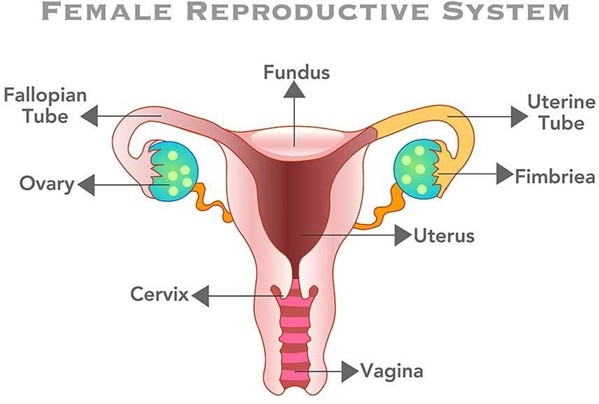A nurse is assisting a client who is postpartum with her first breastfeeding experience. When the client asks how much of the nipple she should put into the baby's mouth, which of the following responses by the nurse is appropriate?
"Babies know instinctively exactly how much of the nipple to take into their mouth."
"Your baby's mouth is rather small so she will only take part of the nipple."
"Try to place the nipple, the entire areola, and some breast tissue beyond the areola into her mouth."
"You should place your nipple and some of the areola into her mouth."
The Correct Answer is D
Choice A reason: "Babies know instinctively exactly how much of the nipple to take into their mouth." is incorrect, as this response does not provide adequate guidance or support for the client. Babies may not always latch on correctly or effectively, especially in the first few atempts. The nurse should teach the client how to position and latch the baby properly and observe for signs of effective breastfeeding.
Choice B reason: "Your baby's mouth is rather small so she will only take part of the nipple." is incorrect, as this response can lead to ineffective breastfeeding and nipple trauma. Taking only part of the nipple can cause poor milk transfer, inadequate milk production, and nipple soreness or cracking. The nurse should teach the client how to ensure that the baby takes enough of the nipple and areola into their mouth.
Choice C reason: "Try to place the nipple, the entire areola, and some breast tissue beyond the areola into her mouth." -Including too much breast tissue can be uncomfortable. While some areola is important, including too much breast tissue can hinder proper latch and milk flow.
Choice D reason: "You should place your nipple and some of the areola into her mouth." This accurately describes the ideal latch for breastfeeding. Including some of the areola helps the baby latch deeply and comfortably, promoting milk transfer and preventing feeding difficulties and nipple soreness.
Nursing Test Bank
Naxlex Comprehensive Predictor Exams
Related Questions
Correct Answer is B
Explanation
Choice A reason: Inform the client that she can go to the bathroom whenever needed is incorrect, as this action can put the client at risk of injury or complications. The client may experience orthostatic hypotension, dizziness, weakness, or bleeding after a vaginal birth, which can impair their ability to ambulate safely and independently. The nurse should assist the client to the bathroom and monitor their vital signs and lochia.
Choice B reason: This is the correct action. The nurse should assess the client for any residual effects of analgesia, such as dizziness or unsteadiness, which could increase the risk of falls if the client tries to get up.
Choice C reason: Advise the client to remain in bed for the next few hours is incorrect, as this action can increase the risk of bladder distension, infection, or thrombosis. The nurse should encourage and assist the client to ambulate early and frequently after a vaginal birth, as long as there are no contraindications. The nurse should also monitor the client for signs of orthostatic hypotension and provide support as needed.
Choice D reason: While assisting the client is a good approach, it is important to first evaluate her condition to ensure it is safe for her to get out of bed. If she has been assessed and is deemed safe to ambulate, assisting her to the bathroom with support might be appropriate. However, the initial step is to assess her condition.
Correct Answer is A
Explanation
Choice A reason:
Checking the consistency of the client's uterine fundus is the first action the nurse should take, as it can indicate the cause of excessive bleeding. A boggy or soft fundus indicates uterine atony, which is the most common cause of postpartum hemorrhage. The nurse should massage the fundus until it becomes firm and contracted.
Choice B reason:
Having the client use the bedpan to urinate is an important action, as a full bladder can displace the uterus and prevent it from contracting properly. However, this is not the first action the nurse should take, as it does not address the immediate source of bleeding.
Choice C reason:
Increasing the client's fluid intake is an important action, as it can help replace fluid loss and prevent hypovolemia and shock. However, this is not the first action the nurse should take, as it does not stop the bleeding.
Choice D reason:
Preparing to administer oxytocic medication is an important action, as it can stimulate uterine contractions and reduce bleeding. However, this is not the first action the nurse should take, as it requires a provider's prescription and may not be necessary if fundal massage is effective.

Whether you are a student looking to ace your exams or a practicing nurse seeking to enhance your expertise , our nursing education contents will empower you with the confidence and competence to make a difference in the lives of patients and become a respected leader in the healthcare field.
Visit Naxlex, invest in your future and unlock endless possibilities with our unparalleled nursing education contents today
Report Wrong Answer on the Current Question
Do you disagree with the answer? If yes, what is your expected answer? Explain.
Kindly be descriptive with the issue you are facing.
